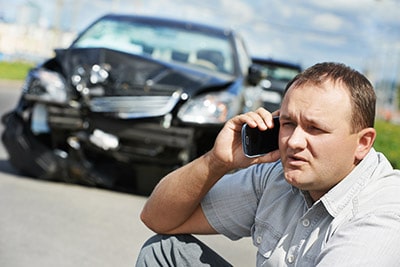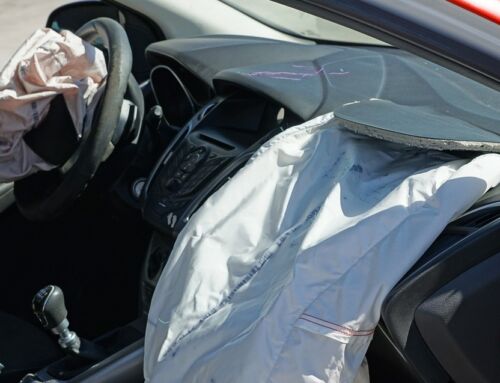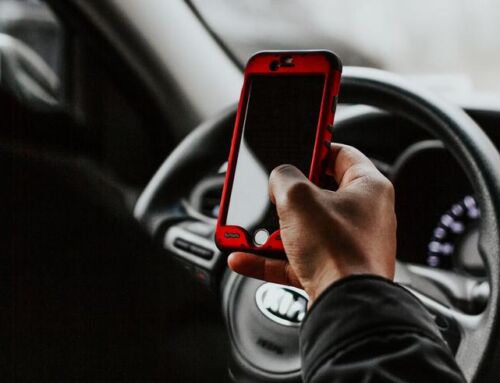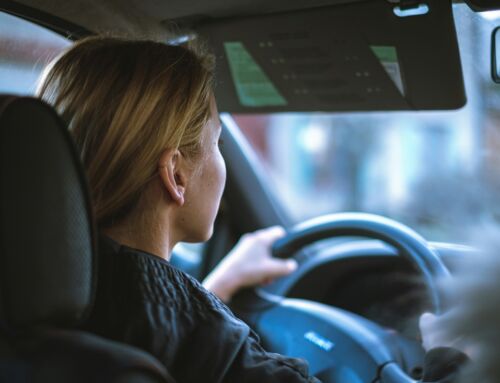In the past five or ten years, collision avoidance technology has become more common in more vehicles. This technology can include automatic braking if the vehicle detects another vehicle in front of you, or it can include lane-assist technology, which can ensure that your car does not stray from the lane the car is currently in.
These technologies have saved many lives and are continually being improved with each passing year. However, what happens when these technologies do not work as intended? What happens if an accident is caused because a car brakes automatically when a sensor see’s a phantom car, or when lane assist causes a sideswipe?
Product Liability Problems
Consumers can bring product liability claims for collision assistance technology that is faulty, and they can bring product liability claims for against manufacturers who do not include the technology in their vehicles. In terms of why consumers can sue the manufacturers for not including the technology, it is because the National Highway Transportation Safety Administration (NHTSA) has supported the technology for nearly 30 years, and collision avoidance technology is not expensive to produce or implement in vehicles.
However, because the NHTSA has not created a rule stating that car companies must put this technology in their vehicles, the adoption and implementation has been slow, and has only seen an uptick as far as implementation goes in recent years.
Because the technology is so cheap to produce at a high volume in cars, the theory of liability for these automakers is that they are putting unreasonably dangerous products out on the roads when they do not include collision avoidance technology. This theory is based on the fact that this technology provides many benefits to the public and can be produced at a small cost to the vehicle manufacturers.
Automakers will say that negligence still plays a part in these accidents, and because of the negligence of the driver of a vehicle, that they should not be liable for the lack of collision avoidance technology, even if it could prevent these accidents. Automakers also use the comparative fault defense.
It is important for attorneys to note in their responses to these defenses that this technology is easy to produce and does not cost much for automakers to implement, therefore, it should not be something that automakers claim cannot be implemented easily. While the NHTSA has not required this technology to be placed in cars, they have backed the technology for nearly 30 years, and this can be used to show that automakers should be placing this technology in their vehicles.
Have You Been Involved in an Auto Accident that Wasn’t Your Fault?
Contact the experienced auto accident attorneys at the law firm of Hurst Limontes LLC! We work hard for our clients and our attorneys have decades of combined experience in auto accident law, and many other kinds of personal injury law. We will always keep you up to date on your case, and we will fight for you in order to get you just compensation. Call or email us today for a free consultation!





